Costa Rica National Parks & Nature Destinations
CONTACT US
A Personal Guide to the Wild Heart of the Country
If you’re looking for the best Costa Rica National Parks—with real wildlife, easy logistics, and unforgettable landscapes—this field-tested guide is your ultimate starting point. Costa Rica protects more than 25% of its territory through national parks, reserves, and wildlife refuges: tropical rainforests, cloud forests, active volcanoes, mangroves, turtle-nesting beaches, and bird sanctuaries.
This article is designed to help you discover the country’s most iconic protected areas and the gateway towns that make your trip smooth and memorable. Each section explains what makes every park special, its wildlife highlights, the best time to visit, and key planning tips.
Plan your trip with CostaRicanNature.com — the local expert in nature, adventure, and eco-travel in Costa Rica.
Why Visit Costa Rica’s National Parks
Visiting Costa Rica’s national parks is more than tourism—it’s a direct immersion into one of the most biodiverse countries on Earth. From personal experience, I can say that the sunrise canals of Tortuguero, the hanging bridges of Monteverde* in the mist, and the wild beaches of Corcovado* with howler monkeys calling in the distance are memories that never fade.
Traveling between parks is easier than most expect. Base towns like La Fortuna, Puerto Viejo, or Jacó offer excellent hotels for every budget and easy access to multiple national reserves—ideal for travelers who want to combine comfort with authentic wildlife encounters.
Top National Parks in Costa Rica (and What to Expect)
Cahuita National Park – South Caribbean
Where white-sand beaches meet coral reefs and lowland rainforest. Flat, scenic trails make it perfect for combining snorkeling and jungle walks in a single day.
Wildlife: howler and capuchin monkeys, sloths, raccoons, reef fish, and occasional nurse sharks.
Perfect for: first-time visitors seeking easy access to nature.
Best time: September–October and February–March for clear snorkeling conditions.
👉 Great for Caribbean nature and beach vacations in Costa Rica.
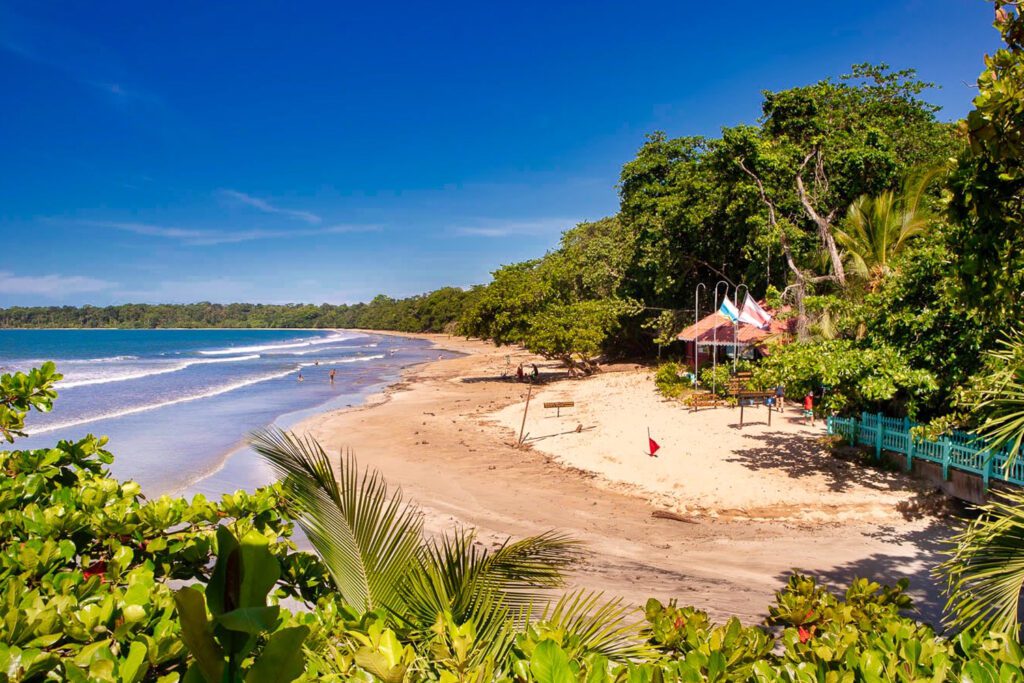
Puerto Viejo de Talamanca
Once a small fishing village, Puerto Viejo has become the soul of the Caribbean coast — vibrant, multicultural, and full of energy. Reggae beats, surfboards, and Afro-Caribbean flavors fill its streets, while nearby jungles hide waterfalls and wildlife.
As a gateway to Cahuita and Gandoca-Manzanillo, Puerto Viejo offers travelers the perfect balance between relaxation, adventure, and local flavor.
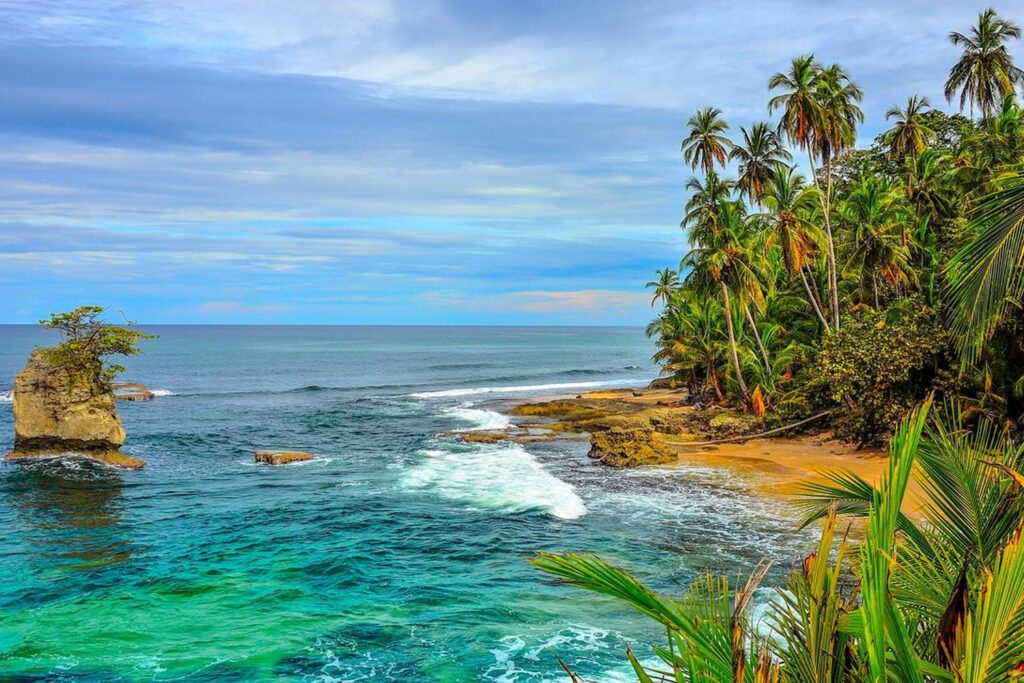
Tortuguero National Park
Known as the “Amazon of Costa Rica,” Tortuguero’s canals wind through dense rainforest rich in life. Here, boats replace cars, and mornings begin with the sound of howler monkeys and distant waves.
Between July and October, green sea turtles nest on its beaches — a spectacle that defines the park’s magic. Ideal for those who dream of boat safaris, birdwatching, and quiet immersion in nature.
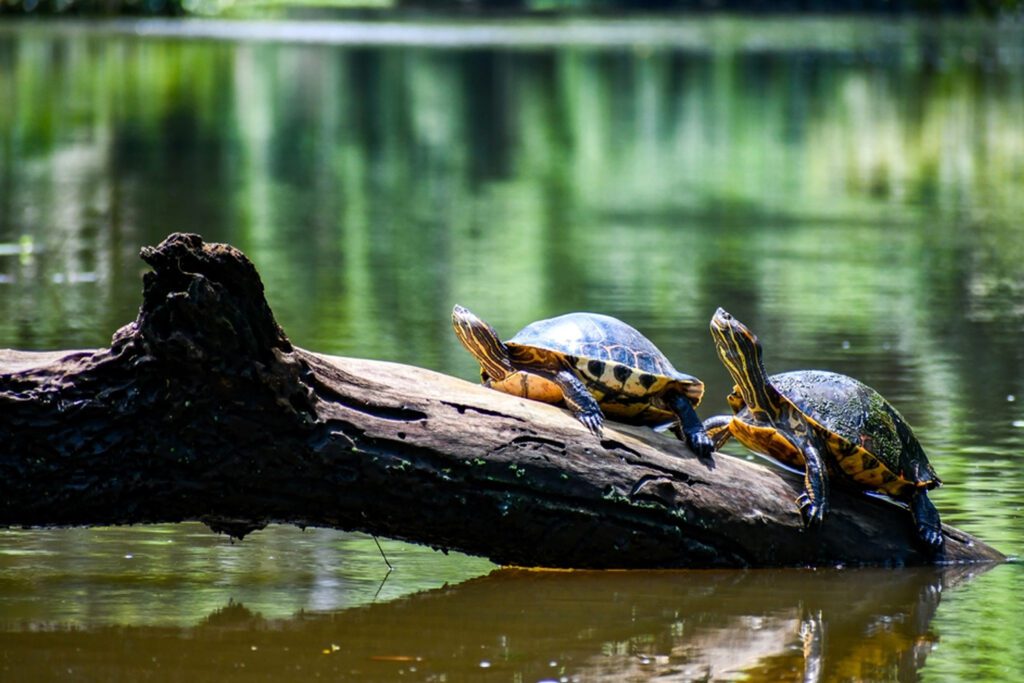
Monteverde Cloud Forest Reserve
Technically a collection of private reserves (Monteverde and Santa Elena), it’s a sanctuary for cloud-forest wildlife.
Highlights: Resplendent quetzals in season, hummingbirds, coatis, and epiphyte-covered trees.
Ideal for travelers seeking eco-tours, birdwatching trips, or sustainable travel in Costa Rica.
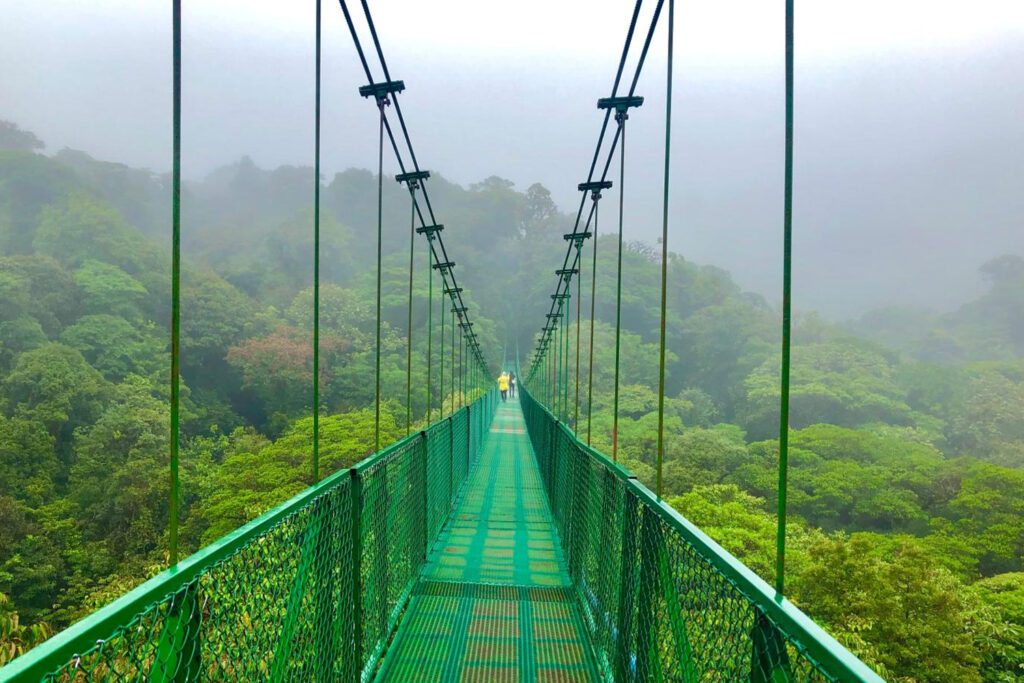
La Fortuna & Arenal Volcano
Dominated by the perfect cone of Arenal Volcano, La Fortuna is Costa Rica’s adventure capital. Hot springs, hanging bridges, and waterfalls make it a playground for nature lovers.
The town combines comfort and excitement, with luxury eco-lodges surrounded by rainforest and endless activities — ziplining, rafting, hiking — all with volcano views.
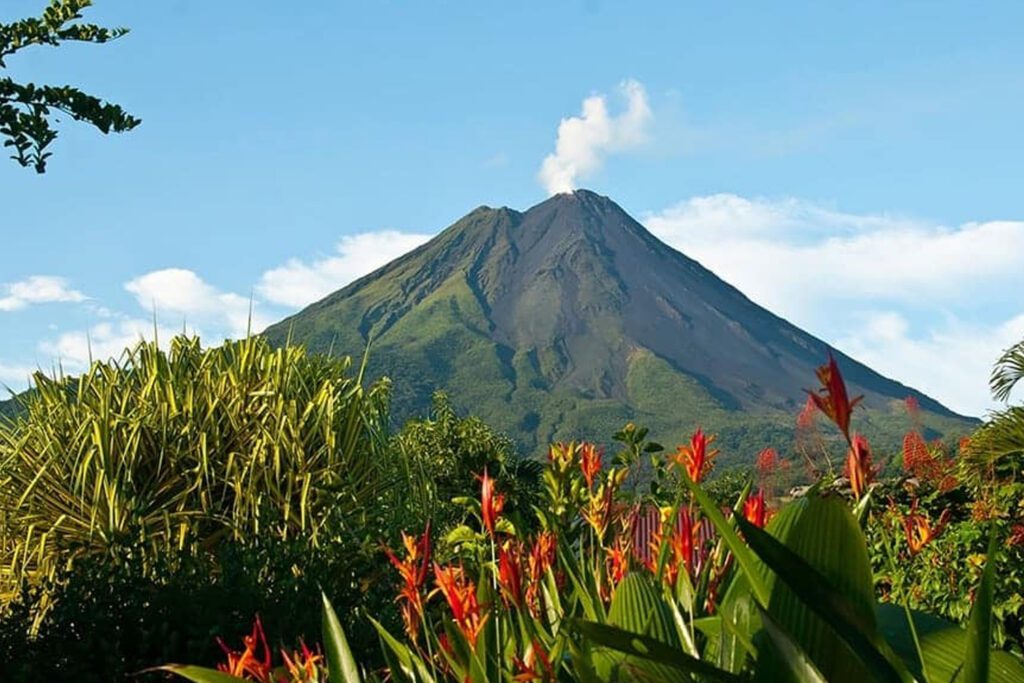
Sarapiquí
Just a few hours from San José, Sarapiquí is a hidden gem for birders and photographers. Rivers, cacao plantations, and protected reserves create a paradise for ecotourism and science travelers.
More than 400 bird species have been recorded here — including toucans, macaws, and trogons — making every sunrise a concert of color and sound.
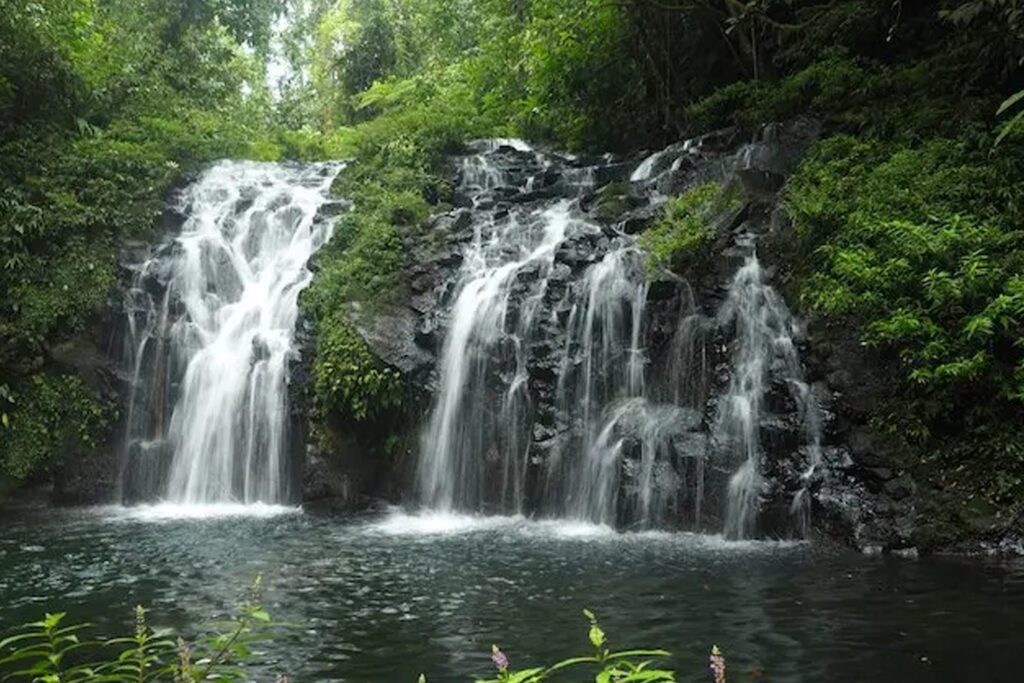
Manuel Antonio National Park
Compact yet astonishingly diverse, Manuel Antonio is where rainforest and beach meet in perfection.
Trails lead to secret coves and scenic lookouts where monkeys swing over turquoise waves.
It’s the ideal park for first-time visitors seeking easy wildlife encounters and postcard-perfect beaches, all within walking distance of fine restaurants and hotels.
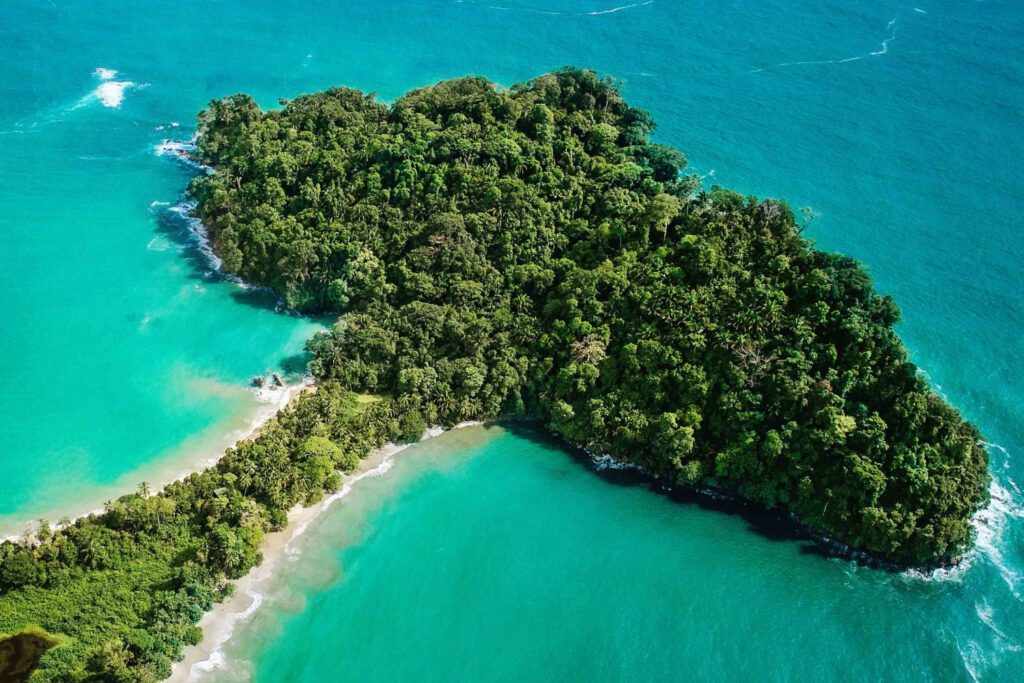
Jacó
Jacó is the Central Pacific’s liveliest beach town — famous for its surf, nightlife, and proximity to adventure.
Only 90 minutes from San José, it’s a hub for travelers wanting both comfort and excitement.
From Jacó, you can easily explore Carara National Park, the Tárcoles River, or waterfalls hidden in the nearby hills.
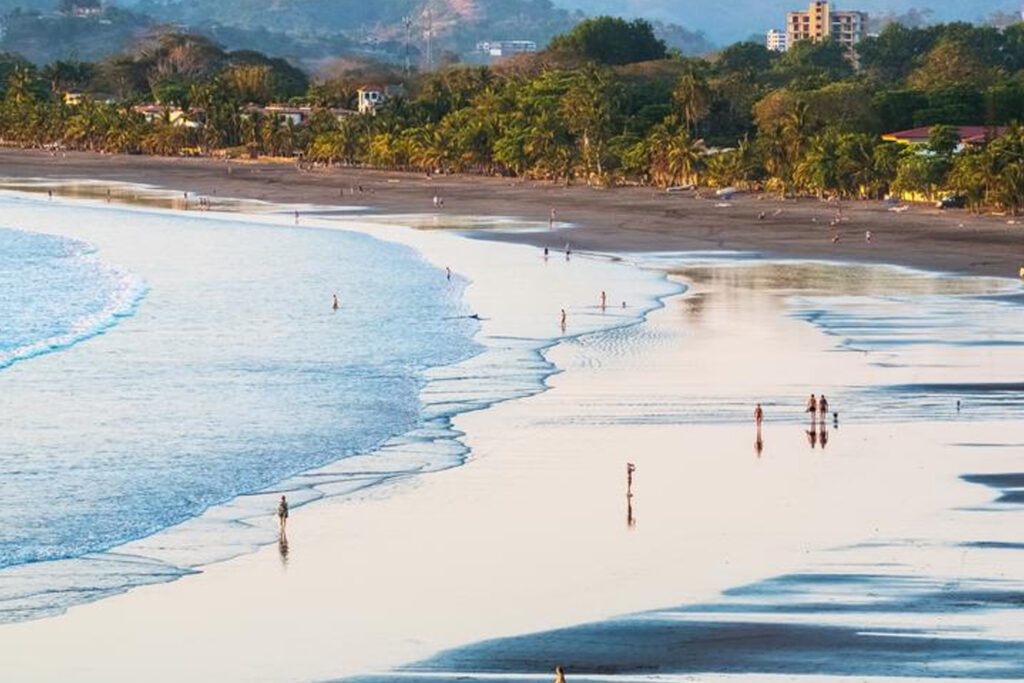
Tárcoles River
The Tárcoles River is home to one of the largest crocodile populations in the Americas. Boat tours glide safely through its waters, offering close views of these prehistoric giants and hundreds of bird species.
It’s also the natural border to Carara National Park, where dry forest meets rainforest — a transition zone rich in scarlet macaws and wildlife photography opportunities.
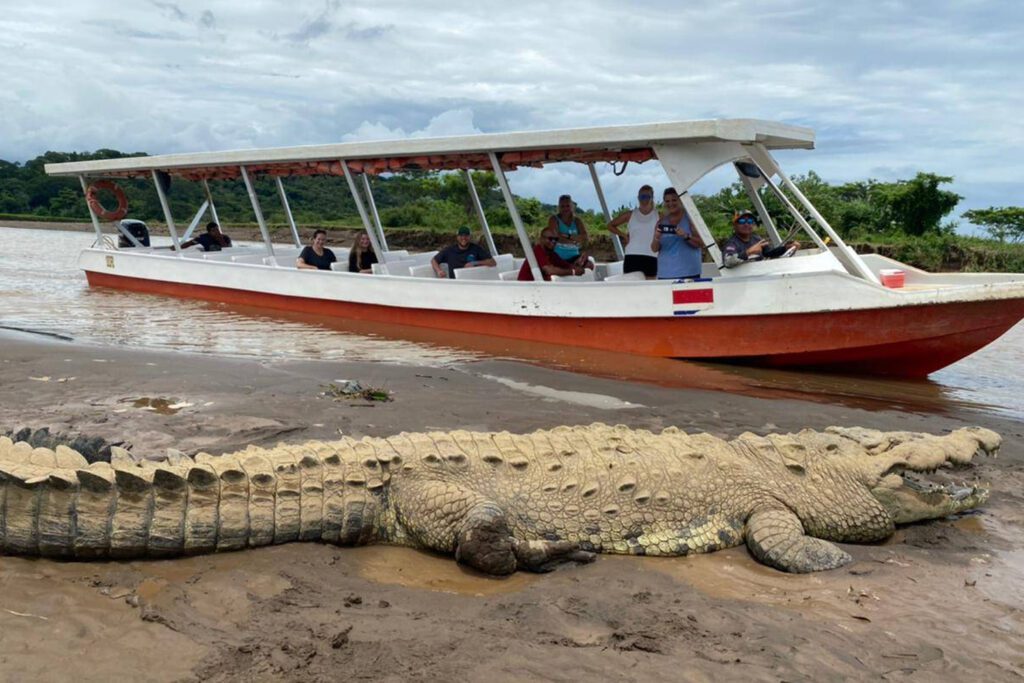
Poás Volcano National Park
Poás offers one of the world’s most accessible active volcanoes — a steaming crater nearly a mile wide surrounded by dwarf cloud forest.
Visitors can gaze into the turquoise lake below and feel the planet’s raw power, all within a short drive from San José. Perfect for day trips or nature photography.
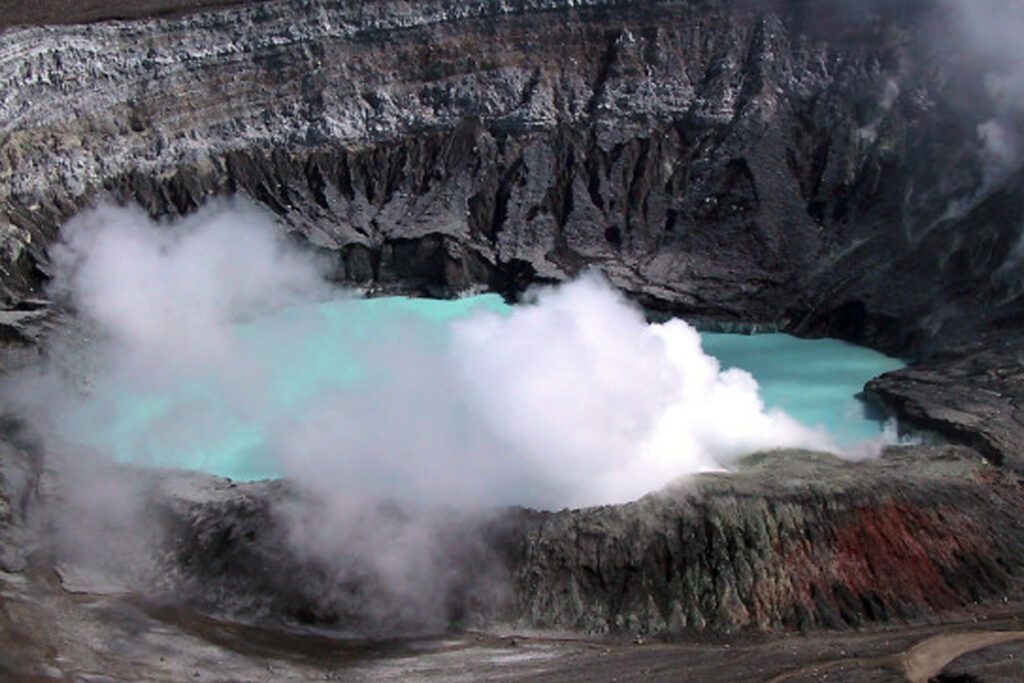
Boca Tapada
Hidden in northern Costa Rica, Boca Tapada is a sanctuary for wildlife photographers and peace seekers.
Remote yet welcoming, it’s known for macaws, toucans, and lush riverside lodges.
It’s one of the few places where travelers can wake up to the sound of great green macaws right outside their window.
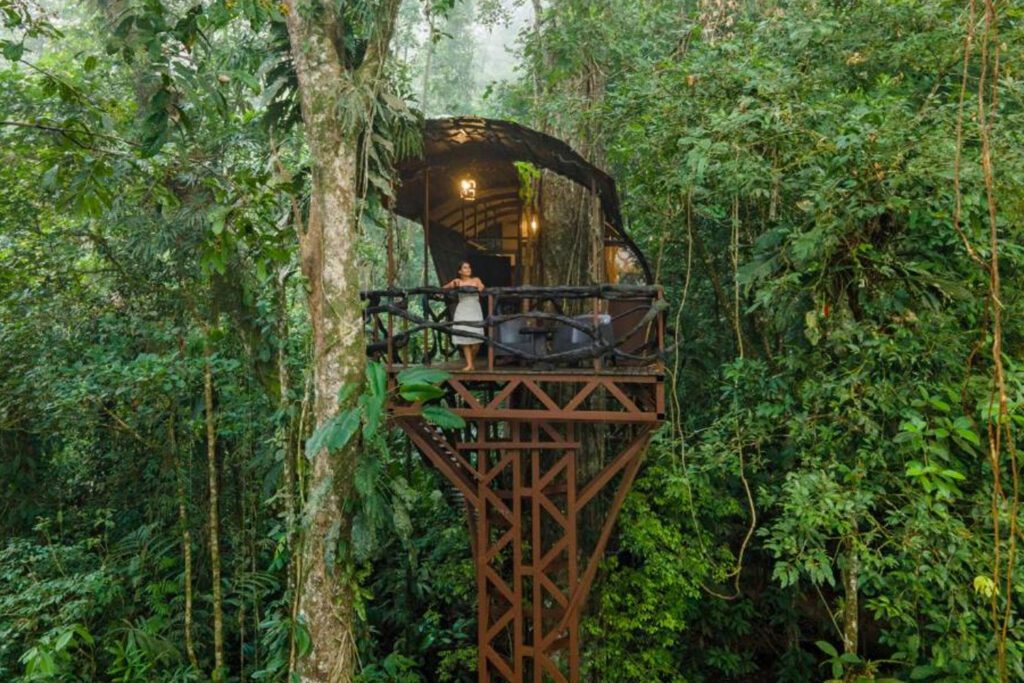
Corcovado National Park
Located on the remote Osa Peninsula, Corcovado is Costa Rica’s ultimate wilderness. National Geographic once called it “the most biologically intense place on Earth.”
Dense rainforest, pristine rivers, and wild beaches host tapirs, monkeys, and even pumas. It’s the epic experience for travelers who crave raw nature and adventure off the grid.
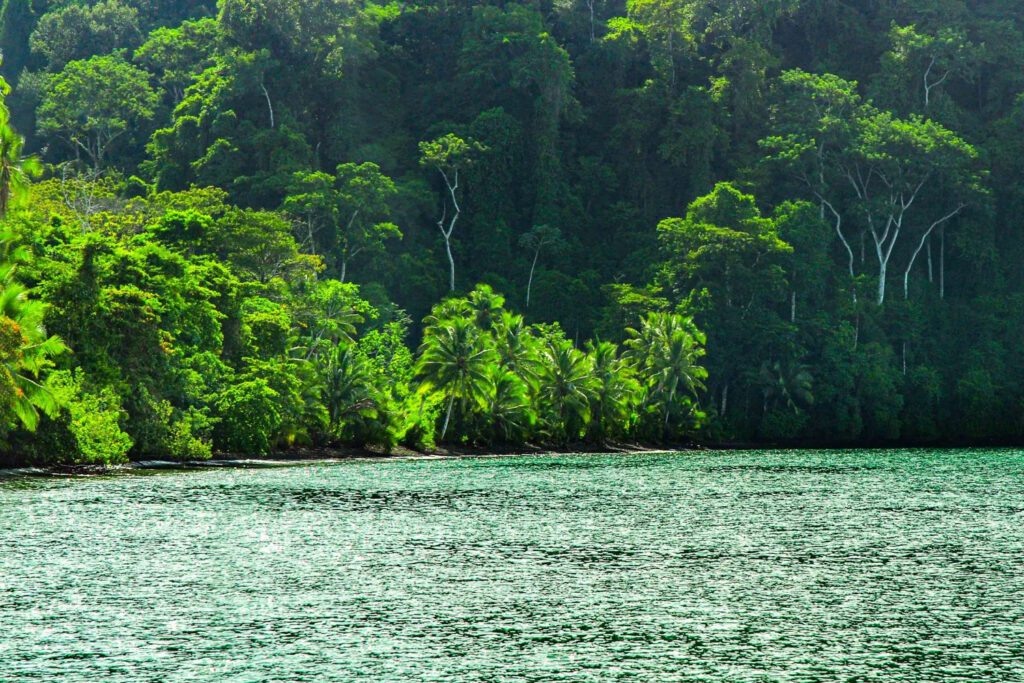
Savegre Valley
Savegre is a mountain paradise of pure air, crystal rivers, and high-altitude forest. Known as one of the best places to spot the resplendent quetzal, it’s peaceful, cool, and deeply connected to local families who protect the land.
Ideal for birdwatchers, photographers, and couples seeking tranquility, Savegre combines comfort lodges with the feel of untouched wilderness.
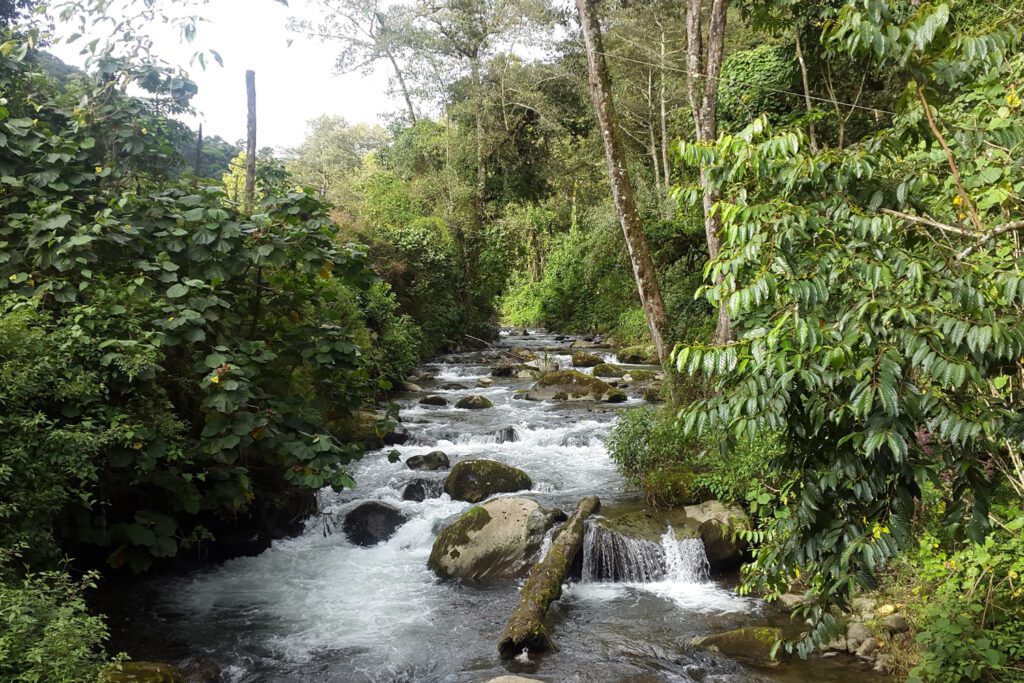
Dota (Los Quetzales Region)
Neighboring Savegre, Dota is home to cloud-kissed coffee farms, trout streams, and trails inside Los Quetzales National Park.
Its small mountain villages offer cozy lodges, farm-to-table dining, and dawn birding walks that capture the spirit of Costa Rica’s highlands.
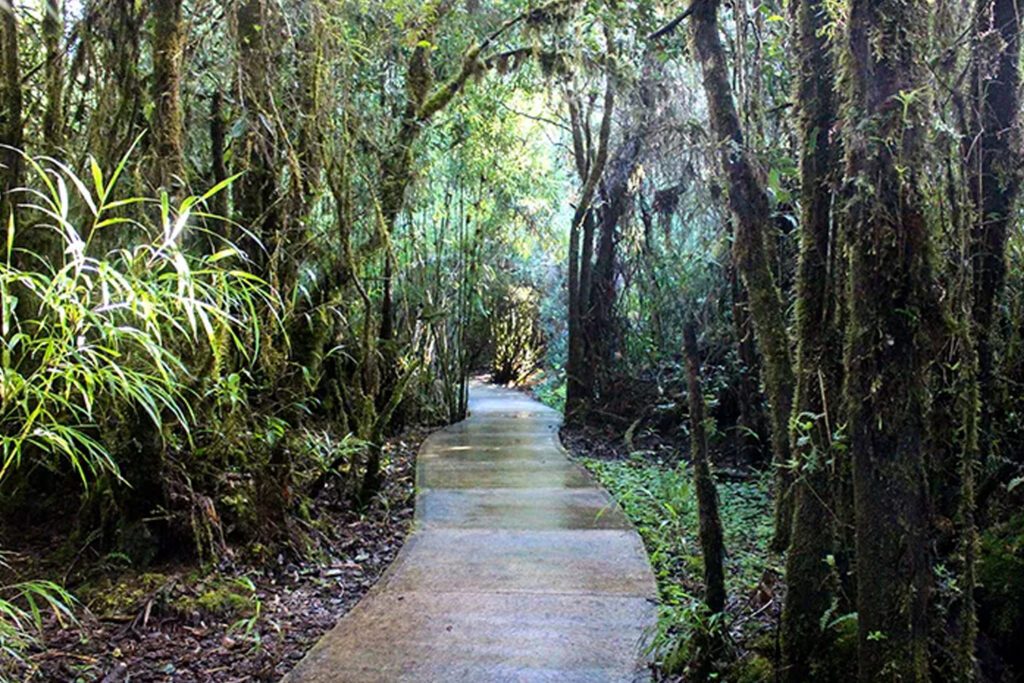
Turrialba
Rich in history and volcanic energy, Turrialba offers both nature and culture.
Its namesake volcano dominates green valleys filled with coffee plantations.
Nearby lies Guayabo National Monument, the country’s most important archaeological site — perfect for travelers interested in heritage, rafting, and rural tourism.
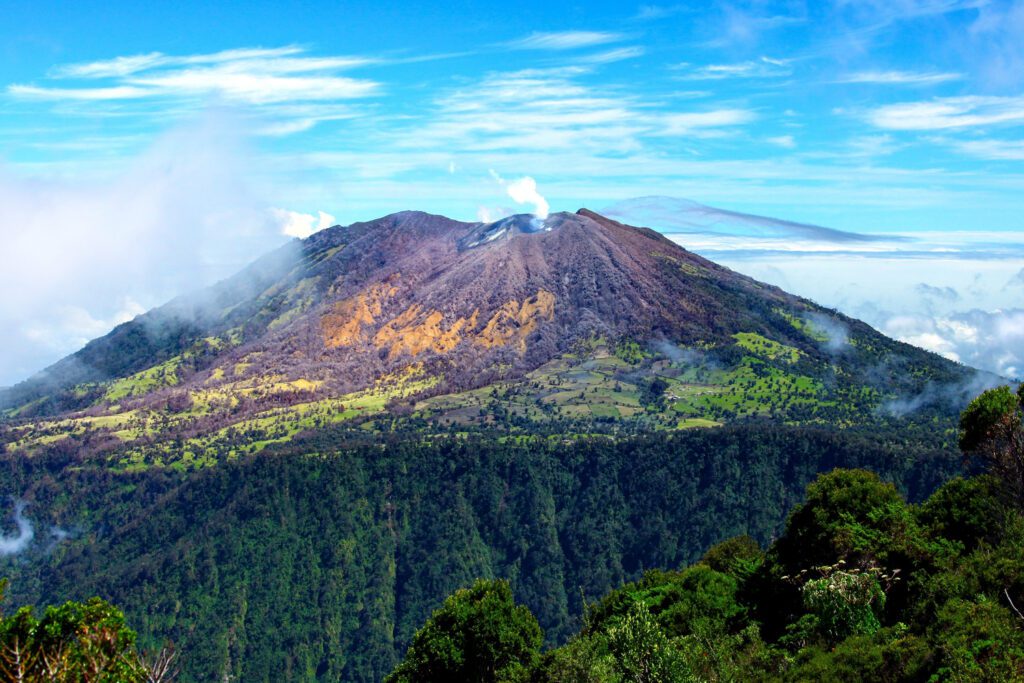
Caño Negro Wildlife Refuge
Caño Negro is a vast wetland and bird paradise near the Nicaraguan border. Seasonal lagoons attract thousands of herons, storks, and spoonbills — a living canvas for birdwatchers.
Boat tours reveal crocodiles, iguanas, and monkeys along the riverbanks, offering one of the most relaxing and rewarding nature experiences in Costa Rica.
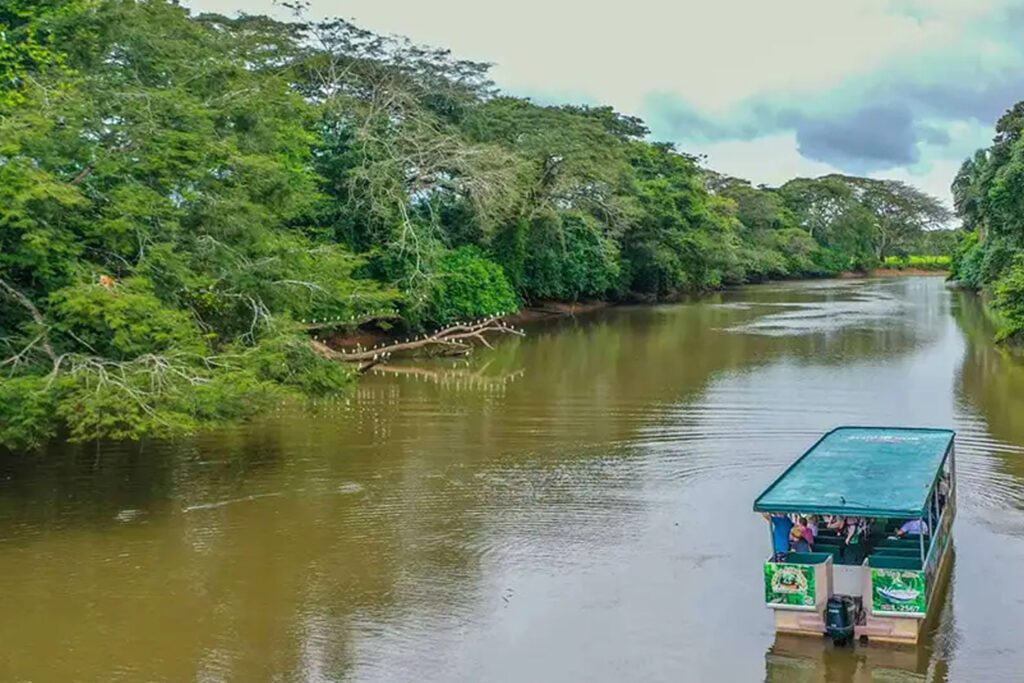
Palo Verde National Park
In the heart of Guanacaste, Palo Verde protects tropical dry forest and wetlands along the Tempisque River.
During the dry season, it becomes a gathering ground for thousands of migratory birds.
It’s a must-visit for bird lovers and photographers seeking dramatic landscapes and wildlife spectacles unique to Costa Rica’s northwest.
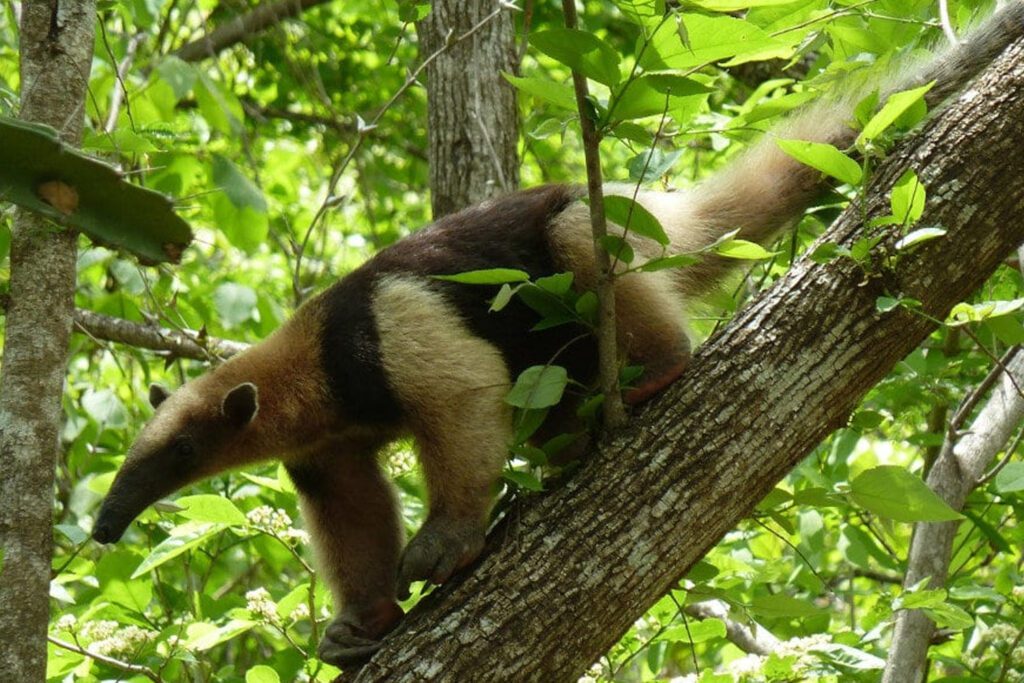
Costa Rica National Parks & Nature Destinations Comparison Table
| Destination | Location / Region | Main Highlights | Ideal For | Experience Type |
|---|---|---|---|---|
| Cahuita National Park | South Caribbean | Coral reefs, beaches, coastal rainforest, snorkeling | Beach lovers, nature photographers | Relaxed Caribbean eco-adventure |
| Puerto Viejo de Talamanca | South Caribbean | Afro-Caribbean culture, surf, food, access to Cahuita & Manzanillo | Culture seekers, young travelers | Vibrant town + nearby nature |
| Tortuguero National Park | North Caribbean | Canals, boat safaris, turtle nesting (Jul–Oct) | Wildlife enthusiasts, couples | Amazon-style river & jungle experience |
| La Fortuna & Arenal Volcano | Northern Lowlands | Volcano hikes, hot springs, waterfalls, adventure tours | Couples, families, first-timers | Adventure & relaxation in nature |
| Monteverde Cloud Forest | Central Highlands | Cloud forest, canopy bridges, quetzals, night walks | Birdwatchers, couples, nature lovers | Mystical eco-tourism & highland nature |
| Sarapiquí | Northern Region | Rainforest, rivers, cacao farms, birdwatching | Eco-travelers, photographers | Educational & ecological experiences |
| Manuel Antonio National Park | Central Pacific | Beaches, sloths, monkeys, scenic trails | Families, couples | Classic beach & wildlife experience |
| Jacó | Central Pacific | Surfing, nightlife, gateway to Carara & waterfalls | Adventure seekers, surfers | Active beach town base |
| Tárcoles River | Central Pacific | Crocodile tours, birdwatching, near Carara | Photographers, families | Boat safari & wildlife close-ups |
| Poás Volcano National Park | Central Highlands | Active crater, easy access, cloud forest | Short trips, nature photographers | Volcano & panoramic day trip |
| Corcovado National Park | Osa Peninsula (South Pacific) | Primary rainforest, tapirs, scarlet macaws, wild beaches | Adventure travelers, explorers | Deep jungle & biodiversity expedition |
| Savegre Valley | Talamanca Highlands | Quetzals, rivers, mountain lodges, tranquility | Birders, honeymooners | Peaceful high-altitude retreat |
| Dota / Los Quetzales | Talamanca Highlands | Coffee farms, trout streams, Los Quetzales NP | Eco-tourists, couples | Rural charm & cloud forest walks |
| Turrialba | Central Highlands | Volcano, Guayabo ruins, rafting, coffee plantations | Culture lovers, adventure travelers | History + nature combination |
| Boca Tapada | Northern Lowlands | Remote rainforest, macaws, riverside lodges | Bird photographers, explorers | Hidden rainforest escape |
| Caño Negro Wildlife Refuge | Northern Wetlands | Boat tours, storks, caimans, migratory birds | Birders, nature lovers | Wetland safari & seasonal wildlife |
| Palo Verde National Park | Guanacaste (Northwest) | Dry forest, migratory birds, Tempisque River | Photographers, birdwatchers | Seasonal wildlife spectacle |
🌿 FAQ – Costa Rica National Parks & Nature Destinations
If you’re visiting for the first time, start with Manuel Antonio National Park, Arenal Volcano (La Fortuna), and Tortuguero National Park. These destinations combine easy access, great infrastructure, and unforgettable wildlife encounters — from sloths and monkeys to sea turtles.
The dry season (December to April) offers the sunniest weather for beaches and hiking, while the green season (May to November) brings lush landscapes, fewer crowds, and better wildlife viewing in rainforests like Corcovado and Monteverde.
While many parks allow self-guided visits, hiring a certified naturalist guide is highly recommended. Guides not only help spot hidden wildlife but also share fascinating insights about the ecosystem — especially valuable in Tortuguero, Monteverde, and Corcovado.
Top birdwatching destinations include Monteverde Cloud Forest, Sarapiquí, Savegre Valley, and Palo Verde National Park. These areas host hundreds of species such as quetzals, toucans, trogons, and scarlet macaws.
Yes, but only in designated areas. Parks like Cahuita and Manuel Antonio feature safe swimming beaches, while rivers inside Corcovado or Tortuguero are best admired from shore due to strong currents and wildlife such as crocodiles.
Absolutely. Costa Rica is one of the safest countries in Latin America for eco-tourism. National parks are well-managed, and rangers ensure visitor safety. Just follow posted signs, respect wildlife distances, and check Poás Volcano updates before visiting.
Lightweight clothing, hiking shoes, insect repellent, rain jacket, sunscreen, binoculars, and a reusable water bottle. If you plan night walks or early birding, bring a headlamp and a camera with zoom lens.
Yes — that’s what makes Costa Rica perfect for nature lovers. Many travelers combine Arenal Volcano + Monteverde + Manuel Antonio or Tortuguero + Cahuita + Puerto Viejo in one itinerary. Check out custom Costa Rica itineraries to plan your route easily.
Most are! Parks like Manuel Antonio, Cahuita, and Poás have easy trails and visitor facilities suitable for families with children. For older kids, adventure hubs like La Fortuna or Jacó offer safe yet thrilling outdoor experiences.
Or send us a email to info@costaricannature.com